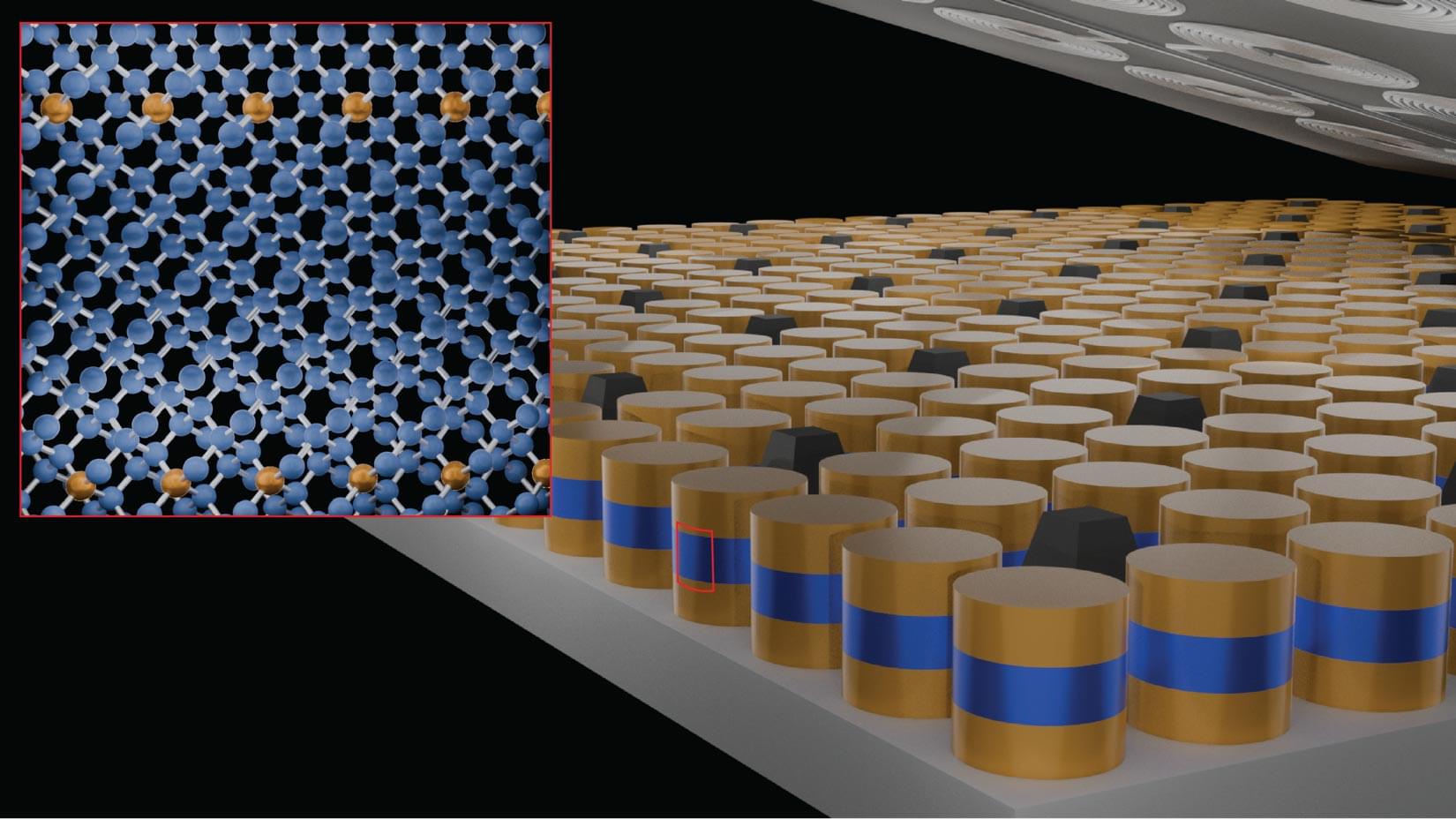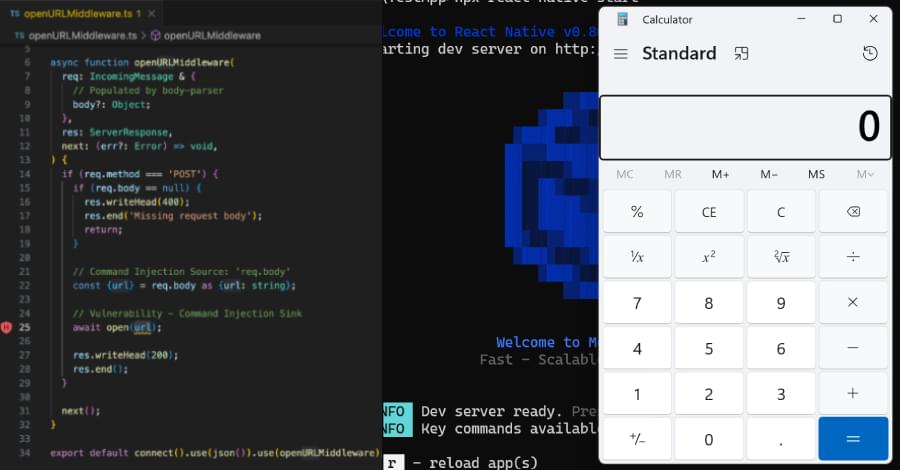Germanium just joined the superconducting elite—promising faster, cooler, quantum-ready technology.





Threat actors are actively exploiting a critical vulnerability in the Post SMTP plugin installed on more than 400,000 WordPress sites, to take complete control by hijacking administrator accounts.
Post SMTP is a popular email delivery solution marketed as a feature-rich and more reliable replacement of the default ‘wp_mail’ function.
On October 11, WordPress security firm Wordfence received a report from researcher ‘netranger’ about an email log disclosure issue that could be leveraged for account takeover attacks.

The Apache Software Foundation disputes claims that its OpenOffice project suffered an Akira ransomware attack, after the threat actors claimed to have stolen 23 GB of corporate documents.
Apache OpenOffice is a free, open-source office suite that includes word processing, spreadsheets, presentations, graphics, and database tools. It’s compatible with major file formats, such as Word and Excel, and runs on multiple operating systems.
On October 30th, the Akira ransomware gang claimed it had breached Apache OpenOffice and stolen 23 GB of data, including employee and financial information, as well as internal files.

Hundreds of malicious Android apps on Google Play were downloaded more than 40 million times between June 2024 and May 2025, notes a report from cloud security company Zscaler.
During the same period, the company observed a 67% year-over-year growth in malware targeting mobile devices, with spyware and banking trojans being a prevalent risk.
Telemetry data shows that threat actors are shifting from traditional card fraud to exploiting mobile payments using phishing, smishing, SIM-swapping, and payment scams.

The Russian hacker group Curly COMrades is abusing Microsoft Hyper-V in Windows to bypass endpoint detection and response solutions by creating a hidden Alpine Linux-based virtual machine to run malware.
Inside the virtual environment, the threat actor hosted its custom tools, the CurlyShell reverse shell and the CurlCat reverse proxy, which enabled operational stealth and communication.
Curly COMrades is a cyber-espionage threat group believed to be active since mid-2024. Its activities are closely aligned with Russian geopolitical interests.


The Swedish Authority for Privacy Protection (IMY) is investigating a cyberattack on IT systems supplier Miljödata that exposed data belonging to 1.5 million people.
Miljödata is an IT systems supplier for roughly 80% of Sweden’s municipalities. The company disclosed the incident on August 25, saying that the attackers stole data and demanded 1.5 Bitcoin to not leak it.
The attack caused operational disruptions that affected citizens in multiple regions in the country, including Halland, Gotland, Skellefteå, Kalmar, Karlstad, and Mönsterås.

PEGATRON’s arrival marks a turning point not only for Georgetown, but for the broader Central Texas innovation corridor. The Taiwan-based technology giant, known for designing and manufacturing everything from laptops to automotive electronics, already plays a quiet but massive role in powering many of the world’s best-known tech brands.
According to PEGATRON Corporation, their focus on smart manufacturing and artificial intelligence solutions has made them one of the world’s top players in electronics and computing systems.
When Hello Georgetown first reported PEGATRON’s interest in a U.S. facility earlier this year, the discussion centered on shifting global supply chains and the growing desire to bring advanced production closer to U.S. customers. That conversation has now become reality.